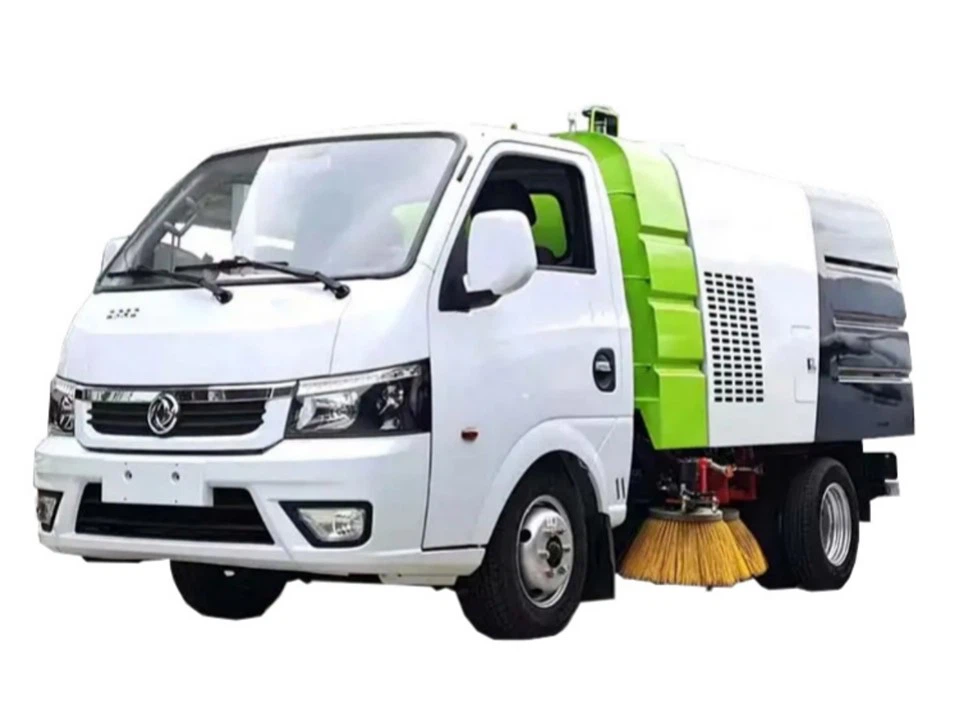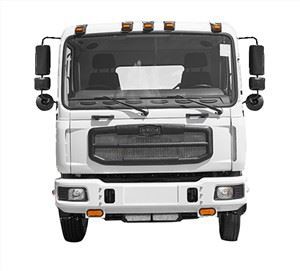Everything You Need to Know About Tarpers: The Ultimate Guide

Tarps, short for tarpaulins, are versatile outdoor equipment used across various industries and scenarios. From protecting your vehicles to serving as makeshift shelters, tarpers can be invaluable for both recreational and professional use. In this comprehensive article, we will explore the various uses of tarpers, how to choose the right one, their types, maintenance tips, and much more.
What is a Tarper?
A tarper is a large sheet of strong, flexible, water-resistant material, often made from polyethylene or canvas, that can be used for a variety of purposes. They are popular among campers, construction workers, and outdoor enthusiasts for their protective qualities.
Types of Tarpers
There are several types of tarpers available in the market, with varying functionalities. Understanding these types can help you choose the one that best fits your needs.
1. Canvas Tarps
Canvas tarps are durable and breathable, making them ideal for outdoor activities. They are less waterproof but offer excellent protection from UV rays.
2. Polyethylene Tarps
Polyethylene tarps are waterproof and highly durable. They are commonly used in construction and agriculture due to their resistance to chemicals and mold.
3. Heavy-Duty Tarps
These tarps are thicker and made for industrial uses, such as securing heavy equipment or materials. They are designed to withstand extreme weather conditions.
4. Lightweight Tarps
Lightweight tarps are portable and easy to carry. They are favored by campers for quick setups and emergency shelters.
5. Reflective Tarps
Reflective tarps are also available, which can reflect heat and light. They are ideal for creating shade and insulating heat.
Common Uses of Tarper
Tarps are exceedingly versatile. Here are some of the most common uses:
1. Shelter Creation
Tarps can be used to create makeshift shelters when camping. For instance, you can tie a tarp between two trees to shield yourself from rain or sun.
2. Vehicle Protection
Using a tarper to cover your vehicle protects it from harsh weather elements, such as rain, snow, and UV rays.
3. Ground Covers
When picnicking or camping, lay a tarper on the ground. This will provide a clean surface to sit or place gear without worrying about dirt or moisture.
4. Wood or Material Storage
Cover firewood or construction materials with a tarper to protect them from moisture and prolong their lifespan.
5. Camping Gear Protection
Use a tarper as a ground cover for your camping gear to prevent moisture from the ground from damaging them.
Choosing the Right Tarper

When selecting a tarper, consider the following factors:
1. Material
Choose the material based on the intended use. For robust usage, heavy-duty polyethylene is suitable, while light-duty canvas works well for low-risk scenarios.
2. Size
Tarps come in various sizes; select one that fits your needs. A larger tarp can provide ample shelter, while a smaller one can be more portable.
3. Waterproofing
Ensure the tarper has adequate waterproofing, especially if you plan to use it for camping or outdoor storage.
4. Weight
If you intend to carry it often, consider a lightweight tarper for convenience. Heavy-duty tarps might be cumbersome.
5. Grommets and Tie-downs
Look for grommets at the corners and edges for easy tie-down options. This ensures that your tarper stays in place, even in windy conditions.
Setting Up a Tarper for Shelter
Setting up a tarper can be straightforward. Here are some practical steps:
1. Choose a Location
Find a safe space away from falling branches, water runoff, and high winds. Ensure the area is level for your setup.
2. Tie the Corners
Use rope or paracord to tie the corners of the tarper. Ensure they are secure to prevent the tarp from blowing away.
3. Create a Slope
For rain to run off, angle the tarp slightly. This will help keep your setup dry.
4. Use Additional Supports
If needed, use poles, trees, or rocks to provide extra support for your tarper shelter.
Maintaining Your Tarper
To prolong the life of your tarper, follow these maintenance tips:
1. Clean Regularly
Remove dirt and debris after each use. A damp cloth or sponge can be effective for cleaning.
2. Store Properly
After cleaning, allow the tarper to dry completely. Store it in a cool, dry place to prevent mold and mildew.
3. Inspect for Damage
Check for tears or damage before each use. Repair minor issues promptly to prevent further deterioration.
4. Avoid Sharp Objects
Keep the tarper away from sharp objects that may puncture it. Use a protective layer if stacking materials on top.
DIY Projects with Tarpers
Tarpers are not only for protective uses; they can also be crafted into various DIY projects. Here are a few ideas:
1. Rain Collection System

Create a rain collection system by laying your tarper at an angle over a container. Rainwater will flow into the container for gardening or other uses.
2. Camping Hammock
Modify a large tarper into a hammock or shelter for resting during outdoor activities.
3. Tarpaulin Art
For creative individuals, decorate a tarper with paint or fabric to enhance your campsite or backyard decor.
Environmental Considerations
As with any outdoor gear, it’s essential to consider your environmental footprint. Follow these guidelines:
1. Choose Sustainable Materials
Look for tarpers made from recycled materials or those that are biodegradable.
2. Dispose Responsibly
When your tarper reaches the end of its life, recycle it where possible or dispose of it responsibly to reduce environmental impact.
3. Leave No Trace
Always adhere to the “Leave No Trace” principles when using tarpers outdoors. Pack out what you pack in.
Frequently Asked Questions (FAQs)
1. How do I repair a tear in my tarper?
You can use adhesive patch kits designed for tarp materials or sew small tears to prevent them from growing larger.
2. Can I use a tarper for camping in winter?
Yes, but make sure to choose a heavy-duty tarper that can withstand snow and cold conditions.
3. How do I know what size tarper I need?
Consider what you plan to cover or protect. Measure the area to ensure you select a tarper that provides sufficient coverage.
4. What’s the best way to clean my tarper?
Use mild soap and water, avoiding harsh chemicals, to clean your tarper. Air dry it completely before storing.
5. Can tarps provide heat insulation?
Reflective tarps can help retain heat when used correctly, especially in emergency or survival situations.

6. How can I prevent my tarper from blowing away?
Ensure it’s tightly secured at the corners and consider using ground stakes or weights to keep it in place during windy conditions.
